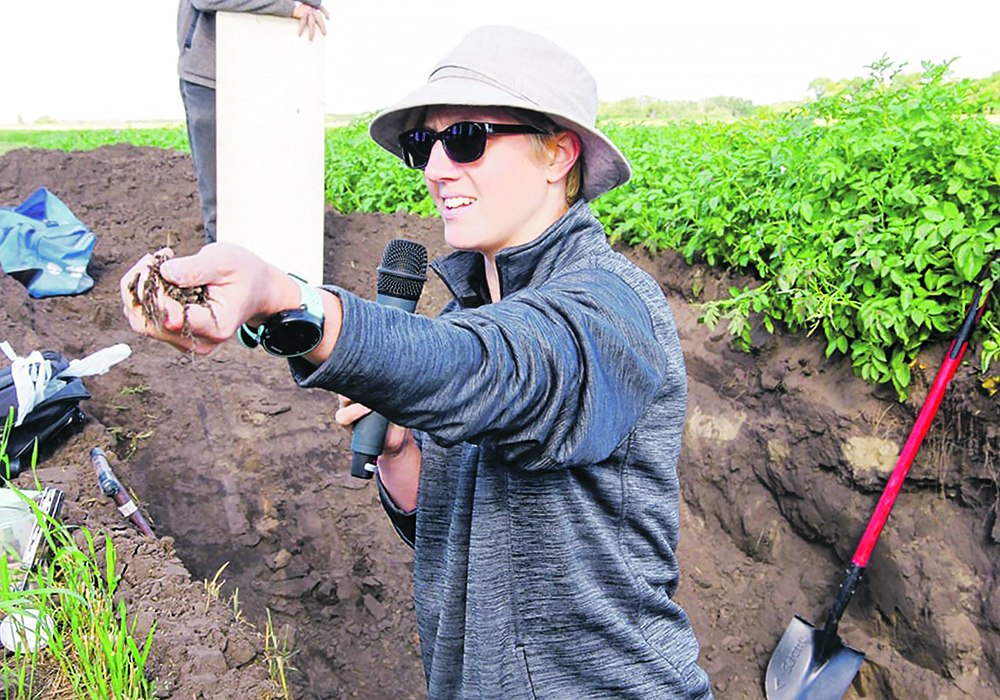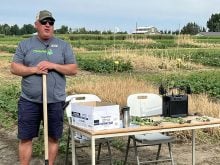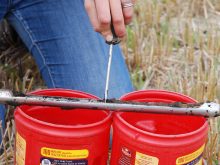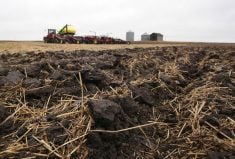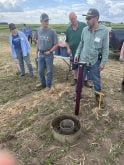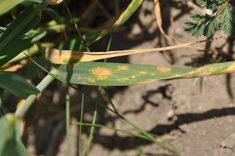It’s easier and cheaper to farm to prevent or reduce soil compaction than trying to fix the damage once it’s done
Soil compaction is one of the biggest field obstacles farmers face but there are ways to prevent it, says a soil management specialist with Manitoba Agriculture.
“Soil compaction is one of those really complicated issues to talk about as an agronomist because ultimately, the only true way we cannot compact the soil is by essentially not traveling on it, and that is something we know is not possible,” said Marla Riekman.
Her presentation, part of an Alberta event dubbed Agronomy Update 2024, discussed prevention and planning around compaction so farmers are prepared if faced with poor conditions.
“We need to be deliberate about how we travel on the field during field operations, particularly at harvest as well as at seeding. We don’t think about that as much anymore. This can be really evident when the soil is saturated because we cause all sorts of ruts and things,” she said.
“When we are more deliberate in our travel, we do see a lot of benefits in limiting that overall compaction over time.”
Soil compaction is difficult to remedy once it has occurred. Prevention is ultimately less costly.
“Even if you have done subsoiling to rectify some of it, you want to then prevent making it worse again because it will just happen again,” said Riekman.
Reducing the total axle load of equipment is a key preventive practice.
“This means going in with lighter equipment or maybe running equipment not quite at full weight capacity.”
That advice doesn’t apply to all field conditions at all times. Producers can use the full weight of their equipment when the soil is dry, for example.
“When it is dry, go for it. But when you’ve got that field capacity — moisture content — then that’s when you know that you’ve got a higher risk,” said Riekman.
It’s also key to minimize the number of trips across a field and follow the same track.
“Use controlled traffic or kind of a ‘pseudo-controlled’ traffic in a harvest situation,” Riekman advises.
Other tips include using duals or large-diameter tires or tracks, rotating deep-rooted water-loving crops and reducing tillage.
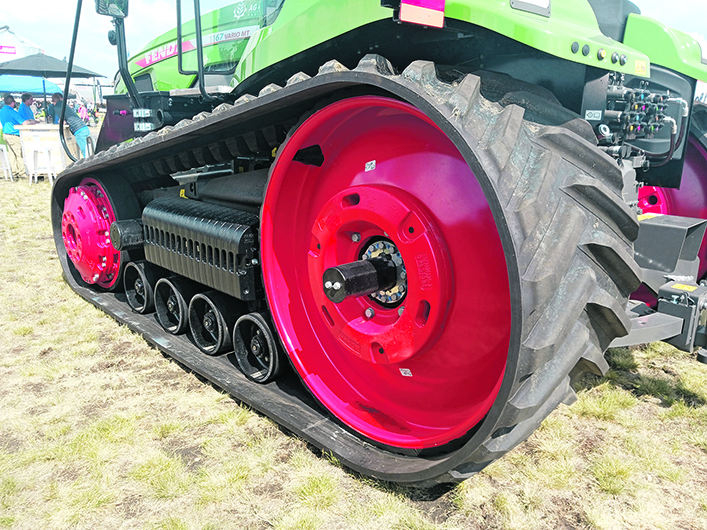
“All of that is general prevention that can help limit some of that overall impact.”
Building soil structure can minimize the overall potential for compaction, which can remain for years, she said. But what if soil is already compacted ? The first step, said Riekman, is to determine the depth of compaction and how extensive it isits extent across the field. Compaction depth can be determined by using a penetrometer or a shovel.
Crop producers facing compaction will likely have to do some kind of subsoiling, but be aware that deep tillage subsoiling is generally discouraged across the Prairies unless done under certain conditions.
Contact an agronomist for more information. Even with subsoiling, compaction can return unless some kind of traffic control is employed.
“In the Red River Valley, they did some subsoiling and they did see an impact,” said Riekman. “But over a couple of years, that soil compaction just came back again because (they kept) traveling on the field.”
Producers should also determine how much subsoiling to do based on return on investment. Riekman reported on a trial in Iowa in which researchers measured how much fuel was burned subsoiling half a field compared to the other half where none took place.
“What they found was you had a 50-50 chance of actually paying for the cost in increased yield by having done the subsoiling. Their conclusion was a 50-50 chance is not a good enough reason to go across the entire field. Just focus on the headlands or the really badly compacted areas.”
If subsoiling, consider a few critical factors. Timing is crucial; ideally, subsoiling should be done in the fall, post-harvest, if the soil is dry enough. But note that it needs to be very, very dry, said Riekman; preferably at the plant’s permanent wilting point, which is the juncture where no water is available to the plant.
Subsoiling when it’s wet creates a host of problems.
“If it’s too wet, the soil doesn’t fracture and you can cause sidewall compaction because you’re just slightly sliding through the soil.”
Riekman recommended that producers use a straight shank, which is less invasive than other subsoiling tools.
Finally, never subsoil in the same direction that you spray.
“Your sprayer track or tire will find those spots and you will get stuck in there. You want to go perpendicular and other angles so that you’re not going straight down the same lines.
“This may be an opportunity to move to a controlled traffic practice so that you rectify some of that compaction and limit what kind of compaction happens in the future,” she concluded.


